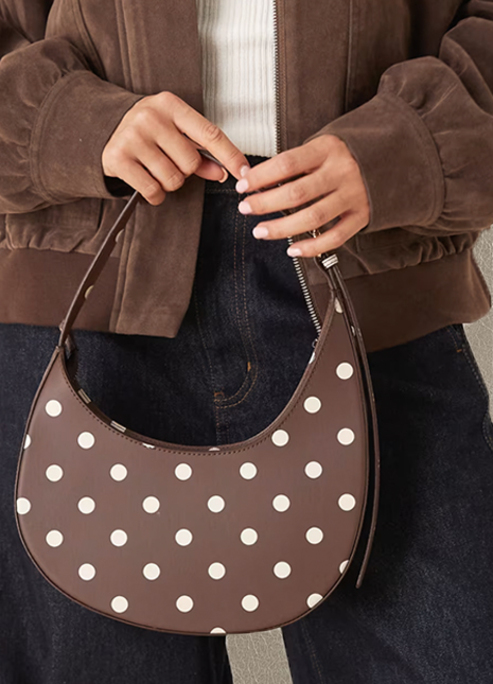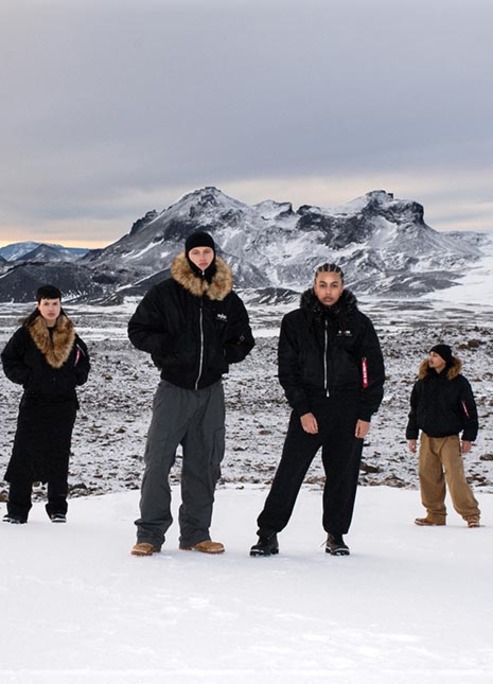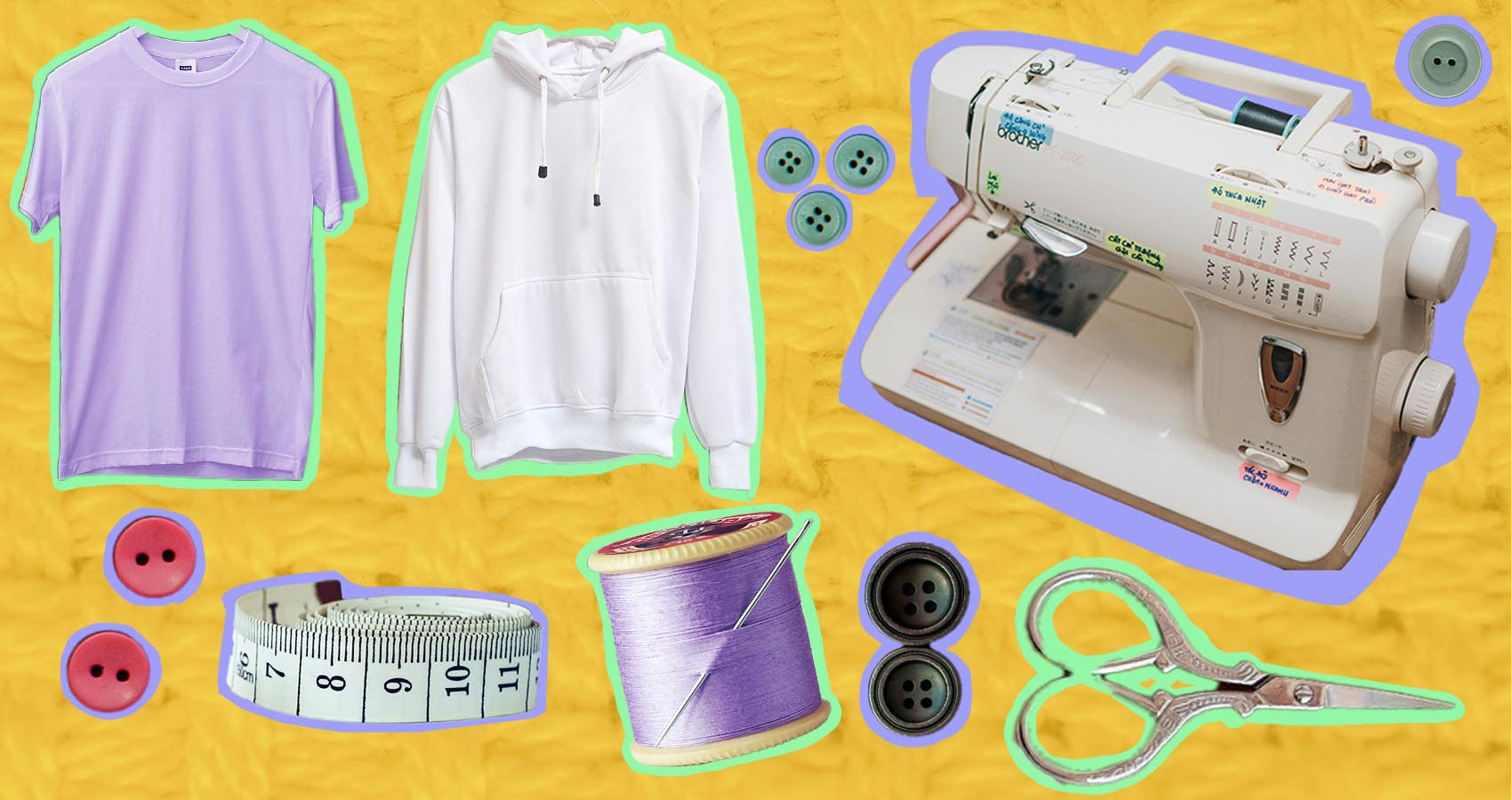
What Is Slow Fashion?
Why slowing down is fashion’s best-kept secret right now.
The modern world, if it could be summed up in a single idea, might very well be partially defined by its obsession with speed. From fast food and flights to fast fashion, these practices have been facilitated by constantly improving technologies and an ongoing need for improvement.
In recent years, however, that trend has started to reverse a little. Whether in how people live their lives more generally (more meditation and reflection) or how we travel (with the renaissance of trains, for example) we are all starting to slow down a little.
Here, we take a look at how that trend is starting to influence the world of clothing, by taking a quick look at the emergence of slow fashion.
Slower design cycles
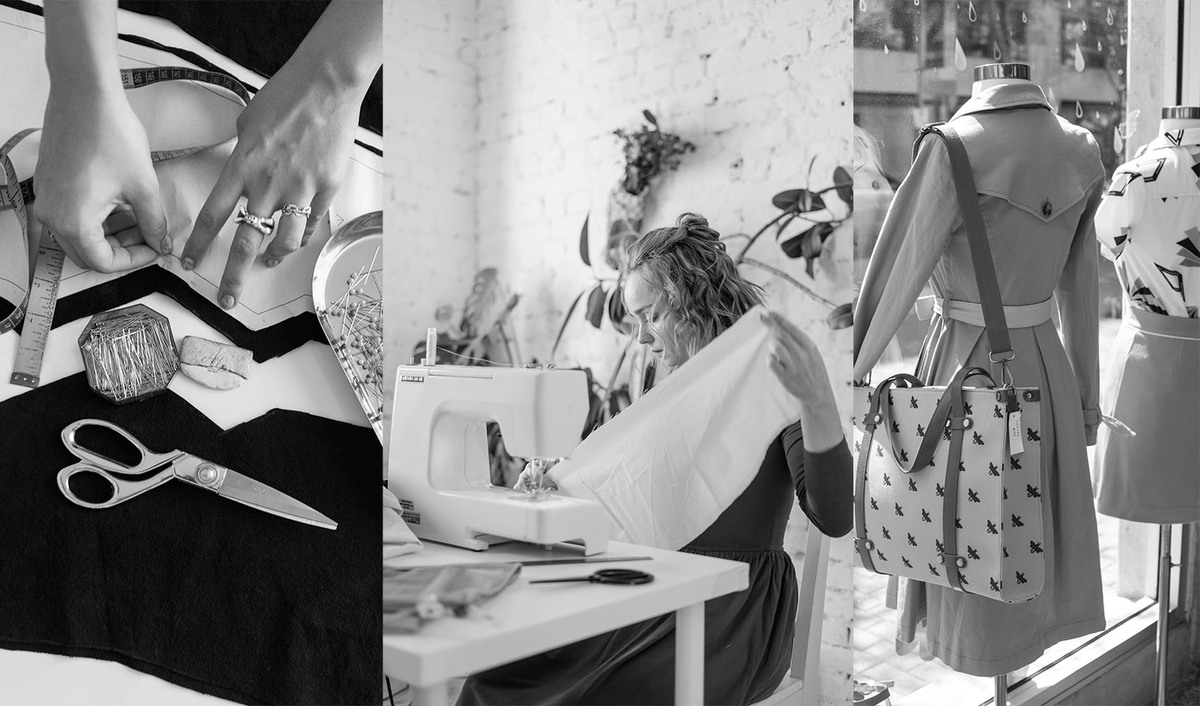
Clothing brands have been tripping over themselves for years now trying to keep up with and steer the latest fashion trends. The result is often one of failure - you can’t always get it right - and there are a lot more designs that miss the mark than those that get it just right.
Slow fashion has meant taking a step back, and spending some more time to design clothes that actually work. Getting a piece right that people genuinely love to wear is far more effective in the long run - you don’t need to redesign it every season, you can just keep on stocking it on sites like Screen Textiles for years to come.
Ethics
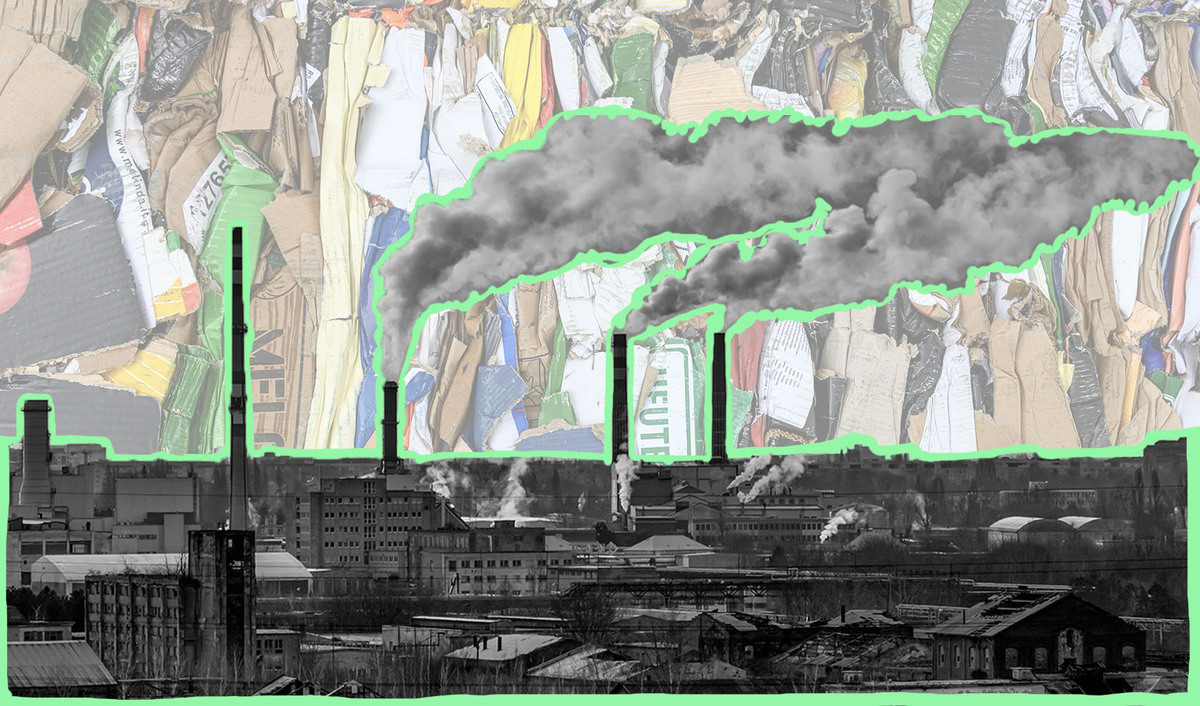
Fast fashion is unethical for two main reasons. First, it produces an astounding amount of material waste and pollution, both through production processes themselves and through people throwing away clothes when they quickly go out of style.
Second, to keep prices low, the industry often has to rely on poor labour practices, paying people a fraction of what they really need to thrive. Slow fashion commands higher prices from consumers, and as a result, brands can afford more sustainable production and employment practices!
Small scale
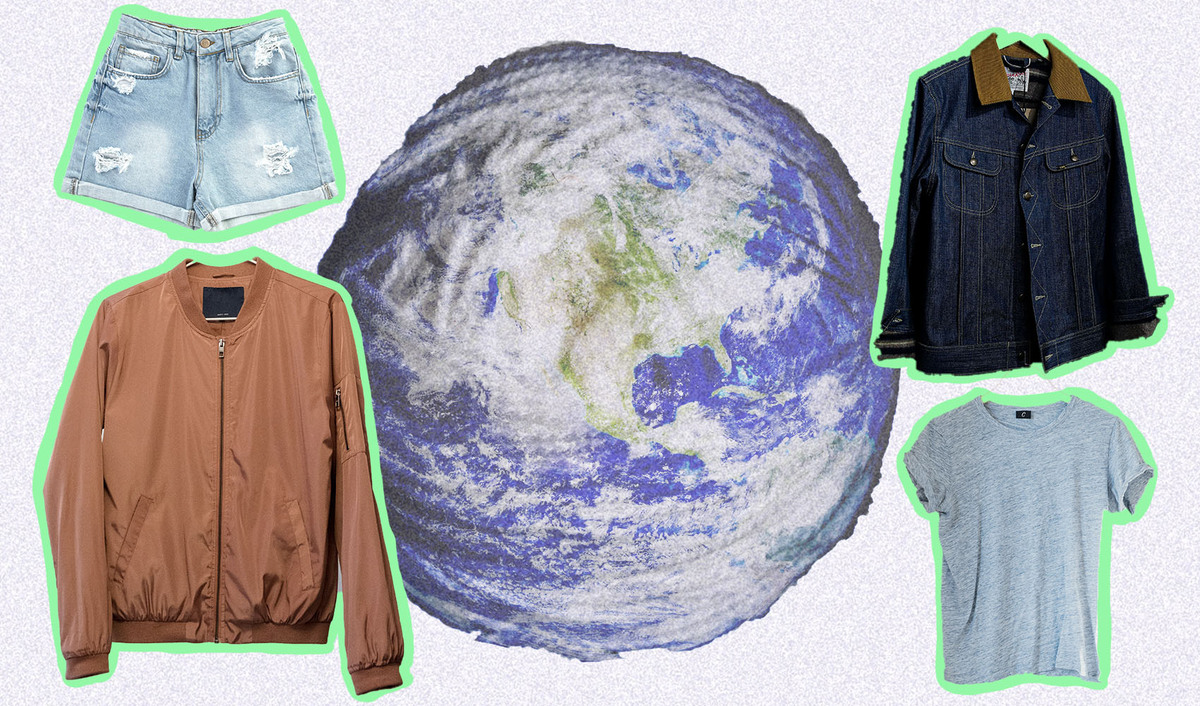
Slow fashion also opens the clothing market up to a whole range of smaller designers, without them having to rely on global supply chains.
If people are prepared to invest a bit more in a piece of clothing that really matches exactly what they need, then they’re far more likely to be able to afford to pay the price the local designer at their farmer’s market needs in order to keep her operation going.
An emphasis on repair
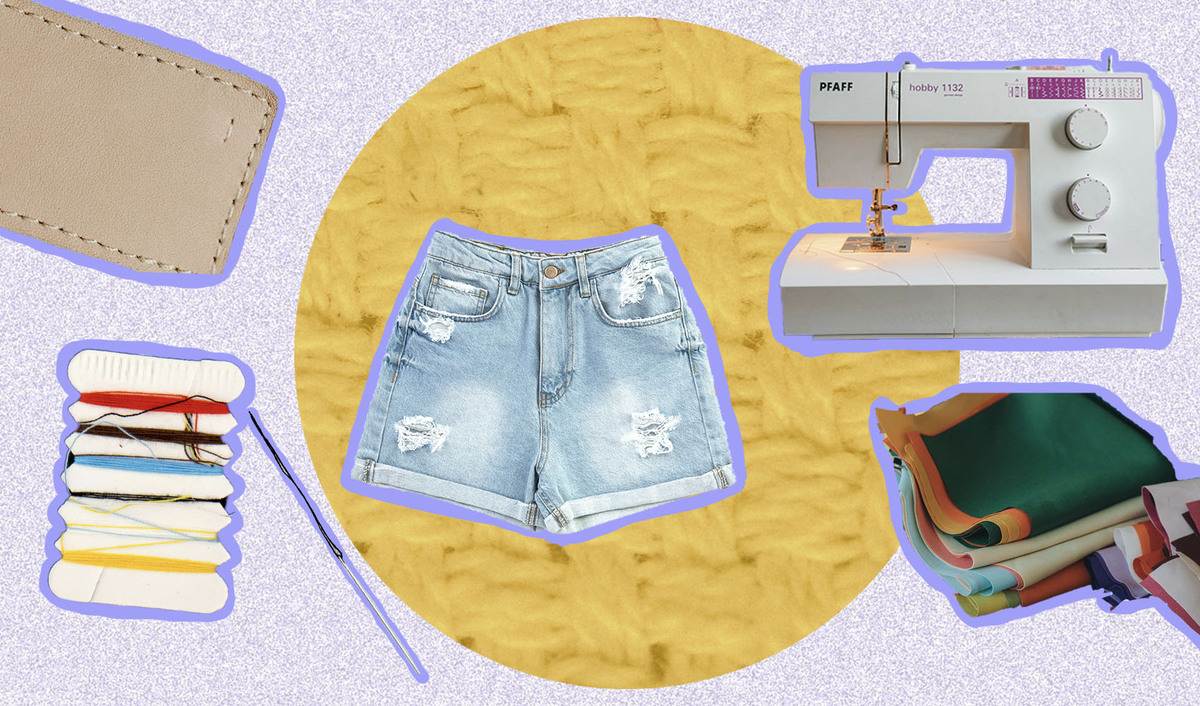
Lastly, slow fashion is all about making pieces that can be repaired as the years go by. Whether it’s a bag or a pair of shoes, these kinds of items are sturdy enough that when a small part breaks, it’s possible to repair that single part without throwing the whole thing away. This is how people did things for thousands of years before us, and it’s nice that we’re slowly returning that way ourselves.
Slow fashion is coming to find its place in the modern fashion market, and we need to make it some space. By keeping this concept in mind, we can help to ensure that the clothes we buy suit our needs, and don’t leave us with an even unhealthier planet and population in the years to come.



